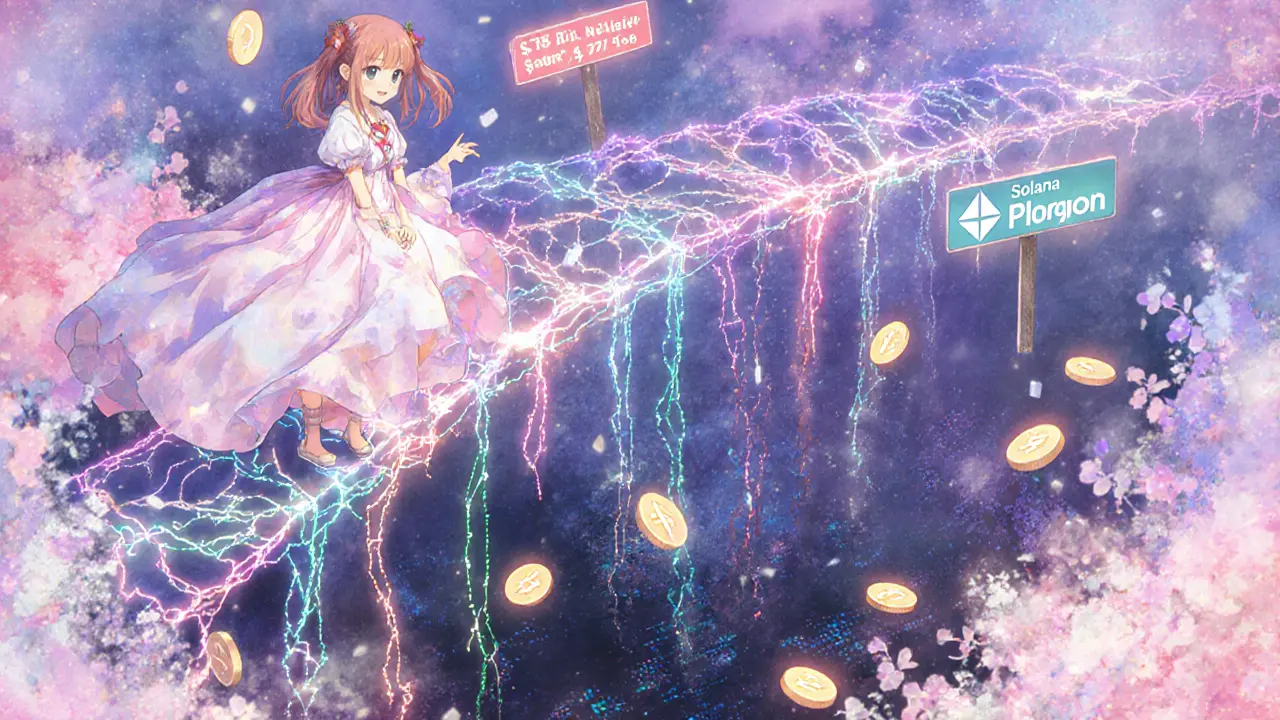Cross-Chain Bridges: How They Connect Blockchains and Why They Matter
When you send ETH from Ethereum to Polygon to swap tokens, you’re using a cross-chain bridge, a system that transfers assets and data between separate blockchains. Also known as blockchain bridges, these tools let you use Bitcoin on Solana, or stablecoins on Avalanche—without needing to trade manually. But they’re not magic. Every bridge is a connection point, and every connection is a vulnerability. Without them, each blockchain would be an island. With them, you can access DeFi on any chain, but you’re also trusting code that’s often poorly audited and rarely insured.
Most bridges work by locking your asset on one chain and minting a wrapped version on another. For example, when you bridge USDC from Ethereum to BSC, your USDC gets frozen and an equivalent amount of wrapped USDC is created on BSC. This sounds simple, but it’s full of risks. If the bridge’s smart contract gets hacked, your funds vanish. That’s why over $2 billion has been stolen through bridge exploits since 2021. Some bridges, like the ones used by Polygon and Avalanche, are built by trusted teams with strong security. Others? They’re open-source code with no team, no audits, and no accountability. You can’t assume safety just because a token says it’s "bridged." Always check who built it and whether anyone’s actually watching the code.
Related to this are wrapped tokens, tokenized versions of assets created on foreign blockchains, which are the actual assets you hold after bridging. They’re not the same as the original—WETH on Solana isn’t ETH, it’s a representation. And then there’s DeFi, a system of financial apps built on blockchains without banks. Cross-chain bridges are the pipelines that feed DeFi. Without them, you couldn’t stake on Arbitrum while earning yield on Optimism. But when DeFi protocols stack on top of each other—like lending on one chain and swapping on another—the risk multiplies. One broken bridge can trigger cascading failures across dozens of apps. That’s why you’ll see posts here about fake exchanges, failed tokens, and airdrop scams: they often tie back to bridge-related activity. People get lured in by the promise of moving assets fast, then lose everything because they didn’t ask who’s guarding the gate.
What you’ll find below are real reviews of platforms and tokens that live at the edge of cross-chain systems. Some explain how bridges fail. Others warn about tokens that only exist because of them. A few show you how to spot the difference between a legitimate bridge and a trap. This isn’t theory. It’s what’s happening right now—on chains, in wallets, and in the wallets of people who trusted the wrong code.
Challenges of Cross-Chain Technology in Today's Blockchain Ecosystem

Cross-chain technology enables asset transfers between blockchains but faces major security, regulatory, and usability challenges. Over $21 billion in illicit funds moved through bridges in 2025, exposing critical flaws in transparency and compliance.
